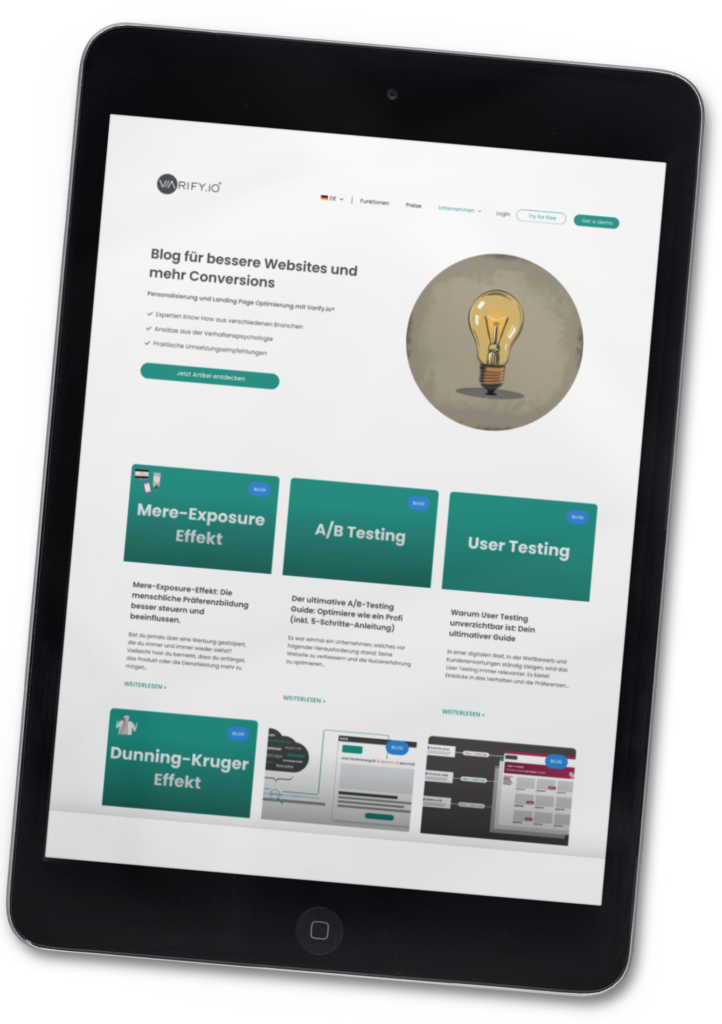In the age of neuromarketing, the Limbic® Map is an important key to understanding human decision-making. Developed by renowned German psychologist and marketing expert Dr. Hans-Georg Häusel, it offers deep insights into the emotional and motivational landscape of the human brain.
Table of contents
What is the Limbic® Map?
The Limbic® Map is an innovative model based on the structure and function of the limbic system - the part of our brain responsible for emotions, motivation and many aspects of our behavior and decision-making. Developed by Dr. Hans-Georg Häusel and successfully put into practice by the Nymphenburg Group, the Limbic® Map is now a key tool in neuromarketing.
The role of the Limbic® Map in neuromarketing theory
In the context of neuromarketing theory, the limbic map plays a crucial role. It serves as a bridge between the scientific findings of neuroscience and the practical requirements of marketing.
With their help, marketers can understand how and why customers make decisions and how they can influence these processes.
This is how the Limbic Map works: Main components and their meaning
The central aspect of the Limbic Map is the division of emotions and behaviors into three main areas: Balance, Dominance, and Stimulus. Dr. Hans-Georg Häusel's work has shown that these three domains are essentially the motivational forces that guide our behavior.
-
Balance: This area is characterized by a striving for inner peace and contentment. People who are mainly active in this area value a high degree of stability and order in their lives. They look for products and services that can create or maintain a harmonious atmosphere.
-
Dominance: This is all about control and influence. People who dominate in this area are often very determined and competitive. They are attracted to products and services that can give them an advantage or that emphasize their dominance in certain situations.
-
Stimulance: People who move in this area of the map have a great need for novelty and excitement. They are often creative and adventurous and appreciate products and services that offer them new experiences and adventures.
The submodules of the Limbic Map expand on this basic concept. They describe more specific emotional states and needs, including attachment, care, curiosity, play, hunting, sexuality and fear. Each of these sub-modules plays an important role in defining a person's individual "limbic identity" and helps marketers to target their audience more precisely.
With this deeper knowledge of the components and their meaning, the Limbic® Map offers marketers a powerful tool to optimize their messages, products and services and better align them with the emotional and motivational needs of their target group.
Limbic® Types
The "Limbic Types" are personality profiles based on the Limbic Map that represent specific emotional and motivational foci. Each type represents a specific set of needs, motivations and behaviors.
Harmonizer
This type seeks inner peace and harmony. Harmonizers prefer stability and balance in their lives and value products and services that help them achieve a sense of peace and contentment. They are often very compassionate and strive to maintain positive relationships with others.
Performer
Performers are characterized by their quest for dominance and control. They are determined, ambitious and enjoy being in competition. Performers are attracted to products and services that give them an advantage or strengthen their position.
Traditionalist
Traditionalists value stability, order and tradition. They are often conservative in their views and value products and services that offer familiarity and consistency.
Adventurer
The adventurer is always looking for new experiences and challenges. They appreciate change and variety and are often attracted to products and services that offer them new experiences or challenge their creative abilities.
Disciplined
Disciplined types appreciate structure and order. They work hard to achieve their goals and value products and services that help them stay organized and productive.
Socializer
The socializer enjoys interaction and community. They value products and services that encourage social interactions or help them maintain relationships.
Identifying and understanding these "Limbic Types" enables marketers to precisely target their audience and optimize their messages, products and services accordingly.
Application of the Limbic® Map in marketing
The Limbic Map is a powerful tool in marketing. It helps marketers gain deeper insights into the emotional and motivational landscape of their target groups and develop more effective, targeted marketing strategies.
Practical examples for the application of the Limbic® Map in marketing
A practical example of the application of the Limbic Map in marketing is the development of products and brands specifically targeted to certain Limbic Types.
Another example is the design of advertising campaigns that specifically address emotional triggers associated with certain Limbic® Types.
Criticism and controversy surrounding the Limbic® Map
Despite its popularity, the limbic map is not without controversy. Critics argue that it oversimplifies human behavior and that it does not cover all aspects of human complexity.
Nevertheless, it is a valuable tool that offers marketers valuable insights into the human psyche.
Conclusion: The Limbic Map as a Tool in Modern Marketing
The Limbic Map is a powerful tool in modern marketing. Although it does not cover all aspects of human complexity, it provides marketers with deep insights into the emotional and motivational landscape of their target groups and helps them develop more effective and targeted marketing strategies.
Although not without controversy, the Limbic Map is a valuable tool for anyone seeking to better understand and influence human behavior.

